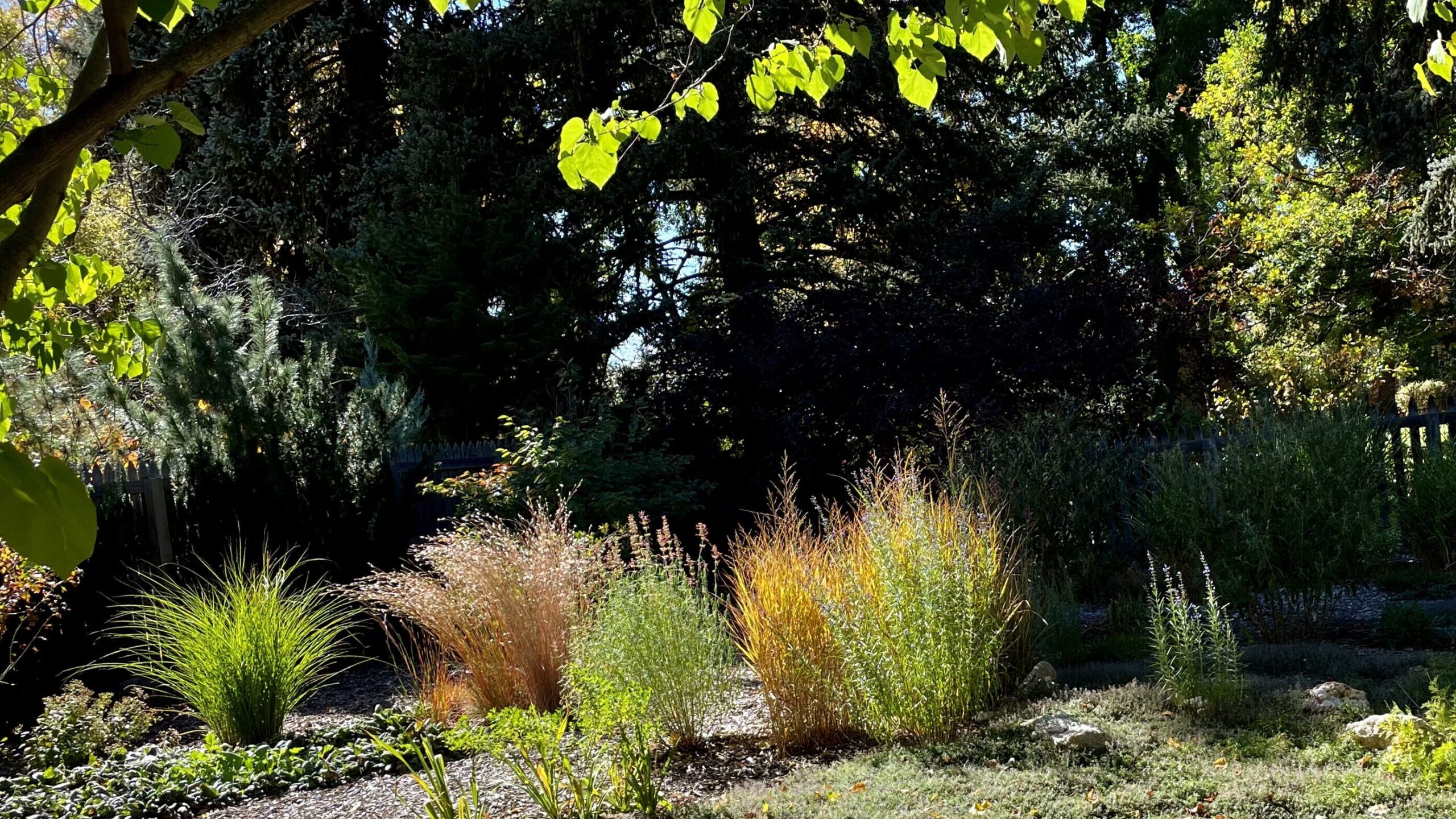What are the benefits of having ornamental grasses?

Grasses are one of the dominant plants native to the Colorado plains. Native and adapted grasses have recently become a valued addition to gardens. Ornamental grasses add important elements to gardens that no other group of plants can – texture, color and movement. Few plants can match ornamental grasses for ease of cultivation, their glowing beauty and movement. When summer flowers are gone, the grasses continue giving delight even on a winter’s day. Beauty and interest abound in a fall or winter landscape when grasses are backlit by morning or afternoon sun.
What are benefits of ornamental grasses?
Grasses are adaptable to new areas because they grow better in poorer soils than many other garden plants. They are available in a variety of heights, colors, textures, and water requirements. Grasses are useful in many different types of landscapes and add variety to many sorts of gardens including rock, wildlife, and xeriscape.
Which types do not require a lot of water?
Colorado garden centers and nurseries have increased the availability of xeriscape grasses that grow with little or no supplemental water. Among the shorter types, blue fescue is very popular for its mounds of bright green and blue grass. Native sideoats grama, sand love grass, and June grass are also good garden grasses.
What are medium-tall types of grasses?
Medium-tall prairie dropseed has a sweet smell and is gold to orange-red in the fall. Little bluestem is a good choice for mountain gardens because of its hardiness. It turns an orange to russet-red color in the fall that lasts well into winter. Other medium-height grasses include Indian ricegrass and blue oat grass.
What are tall types of grasses?
Two tall xeriscape grasses can be recommended. Big bluestem has seedheads resembling birds feet in the fall, and then produces a desirable orange fall color. Indian grass has delicate seedheads that are excellent for fresh or dried arrangements.
For “Ornamental Grasses” refer to message 1002.
YouTube Video
For more information, see the following Colorado State University Extension fact sheet(s).



